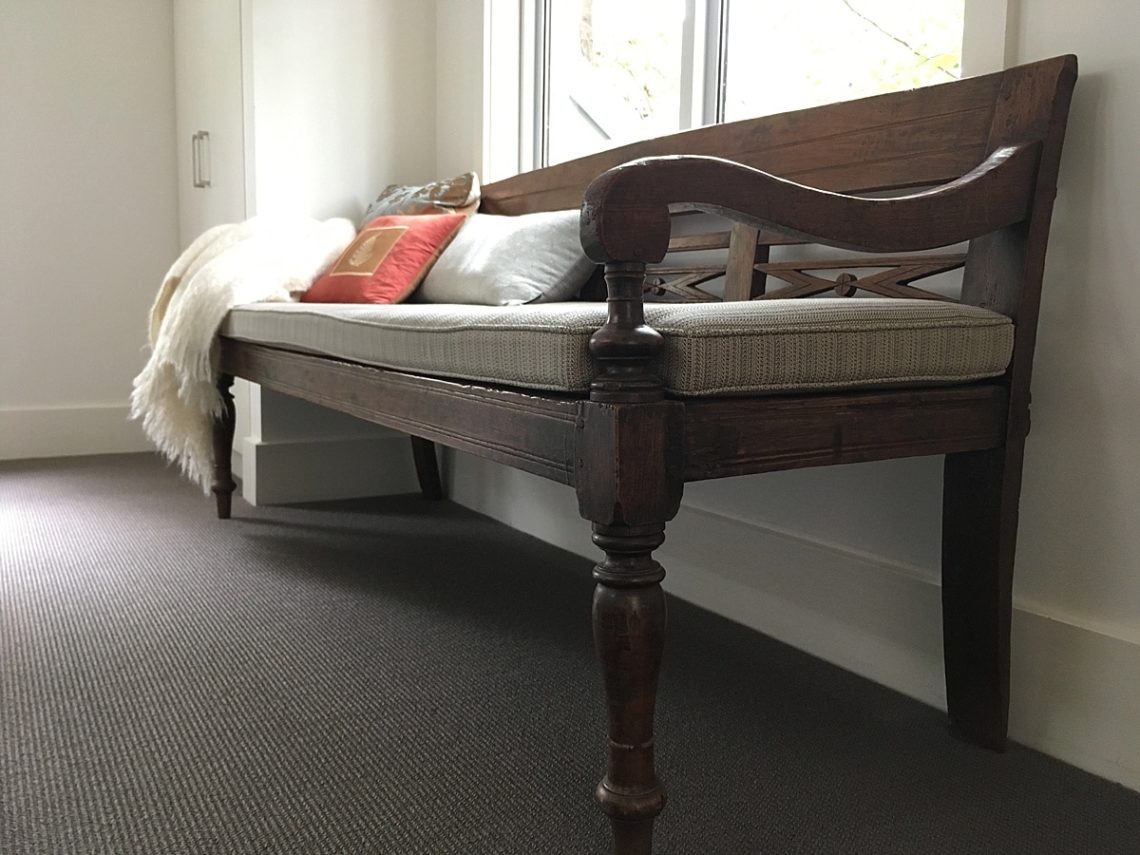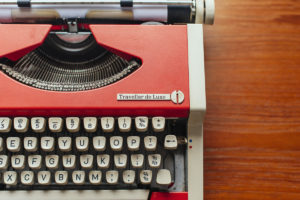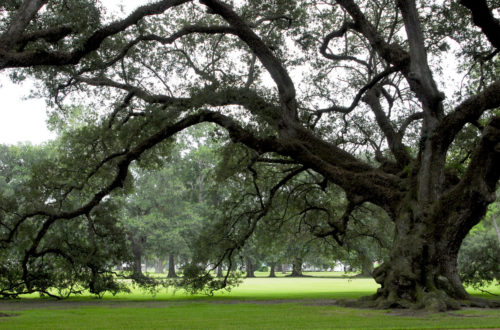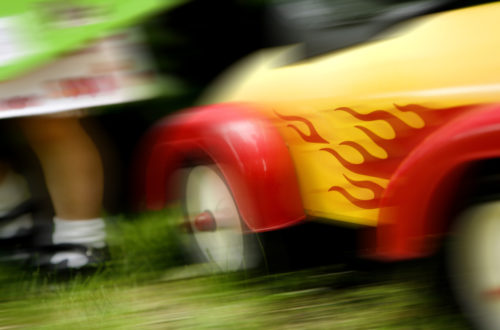
Something honest and real #1
This is Part One of a longer post—Part Two to follow.
It definitely shows signs of use, lots of use. So I sometimes wonder what the old bench would tell me, if it could actually speak.
Perhaps it would tell me about the time that dent first appeared, or why this bit is grooved and that chunk is missing, or how many years it’s taken for the velvety patina to develop. It might even tell me how often it’s been polished, about the places it’s been or the people who’ve sat on it.
Simple purpose
And I sometimes wonder about the Indonesian craftsman who fashioned this mahogany bench, using hand tools to shape and persuade the hard, hard wood, and to form the mortice and tenon joints. They’re not perfect, but they’re still strong and tight.
It’s impossible for me to say how old it is. But it’s lasted long enough for the narrow slats on the seat to have been replaced at least once.
And yet, this rustic piece of furniture has had a simple purpose since its creation—to provide a sturdy seat or place to lounge.
Witness
The old bench has kept our family company in several homes and two countries. It was one of the first things I haggled over when we lived in Jakarta, knowing all too well that there was special price for the rookie expat!
And so, for nearly 25 years it has added character to living room, entry hall or bedroom. But the bench has never failed to fulfil its primary role of providing a place to sit.
And like anything that’s been made to last, it has been a mute witness to many decades of family history. And not just ours. All the departures and homecomings, the relationships, events, quarrels, laughter, tears and togetherness.
As the people have aged, it too has aged, and there’s something very comforting about that. Its sheer familiarity means that we might sometimes forget its presence, but if it were taken away, I know we would feel the loss.
Substance
This week I read about a Canadian man, David Cain who paid US$63 for a stapler. His friends scoffed at his purchase. After all, he could have bought many staplers for the same price.
And yet he knew what he wanted—he wanted a stapler of substance that would outlast him. He now enjoys the simple sensory pleasure of holding its heavy steel form and putting it to work. I can just imagine the satisfying ‘Tchunk’ sound it must make.
There’s something honest and real about old things, even old-style things, provided they are well made. Many old things were designed and built to do one thing, to do it reliably and to do it properly. Like my old mahogany bench. Like David Cain’s stapler. These objects have qualities that seem increasingly absent from objects made today, especially if they involve digital technology.
An analogue radio was made to receive and air a radio broadcast. Just that. But its digital cousins (including smartphones) have wi-fi and Bluetooth technology to make them capable of so many other functions.
Clever
For example, I have an integrated music system which is designed, ironically, to look like an old-fashioned radio and yet it is a digital radio, FM radio, clock radio, CD player, TV speaker, Internet-streaming and digital-download player. All in one.
I like it because it’s clever. I like it because I now have just one thing with a few cables, rather than many things and many cables.
However, like all very clever digital devices, it depends not only on a functioning power source, but also on a reliable Internet signal and consistent connectivity with other devices. If the Internet or connectivity fails, there’s not a lot it can still do. If the power fails, it just sits there, decorative but mute.
Contrast
Another thing about digital devices is that as soon as you buy one, you know it will quickly be superseded by a shinier, speedier or smarter version. They’re not made to last.
They’re more like stepping stones on the way to something else. And just like the progress of a person who jumps from one stone to the next, your enjoyment of each new device is transient and brief because you’re headed towards whatever is already emerging, just around the bend.
These whizz-bang clever things that now dominate our lives are here today and gone some time very soon. Replaced, set aside, discarded. They’re not here to witness much more than a few years in a family’s life.
In fact, in all their mass-produced complexity and brilliance, they’re the antithesis of the original radio sets. Entire families once gathered around them to listen to a program at an hour decreed by the radio station.
It’s not hard to see the contrast with new devices. They encourage us to go our separate ways to listen and watch when we want, where we want, whatever we want. And usually, we do it alone.
Old-fashioned

Maybe this helps to explain the resurgence of interest in vinyl records, letterpress printing, manual typewriters and mid-century modern anything. It’s as if these outmoded technologies and old-fashioned objects are innately future-proof.
Of course, for a while they were seen as dated and irrelevant. But these days their simple, robust construction and their honest, distinctive designs appear to resonate with something deep inside the 21st century humans who now seek them out.
These old things still do what they were made to do because they were built to last. And because they have endured, the old things tell an unfolding tale of usefulness, and even beauty. It’s a tale that extends way back into the past and connects us with those who’ve gone before.
Invitation
We can be tempted to see ourselves as the inventors of our own ever-changing narrative, and as having progressed so much farther than previous generations. But the old things invite us to live in the present—to be present.
You have to stay in one place to listen to a record. Letterpress printing requires hours of hard labour. And a manual typewriter demands effort and precision.
These old things also persuade us to look back to the past and accept the significance of the long line of human history that has helped to shape ours.
Check out next week’s post for Part 2 HERE
Featured image: Photo by Lee Carter Creative




